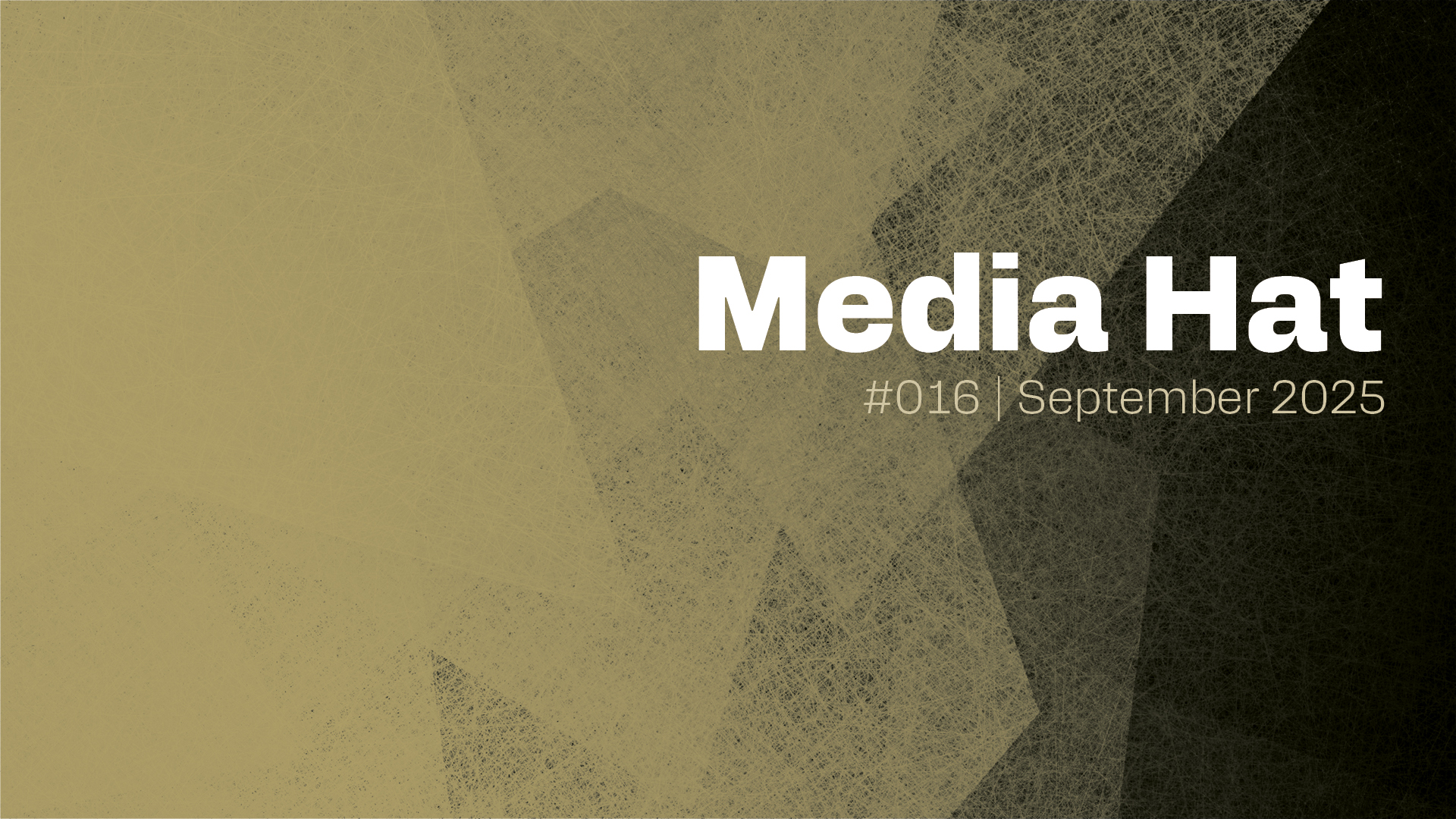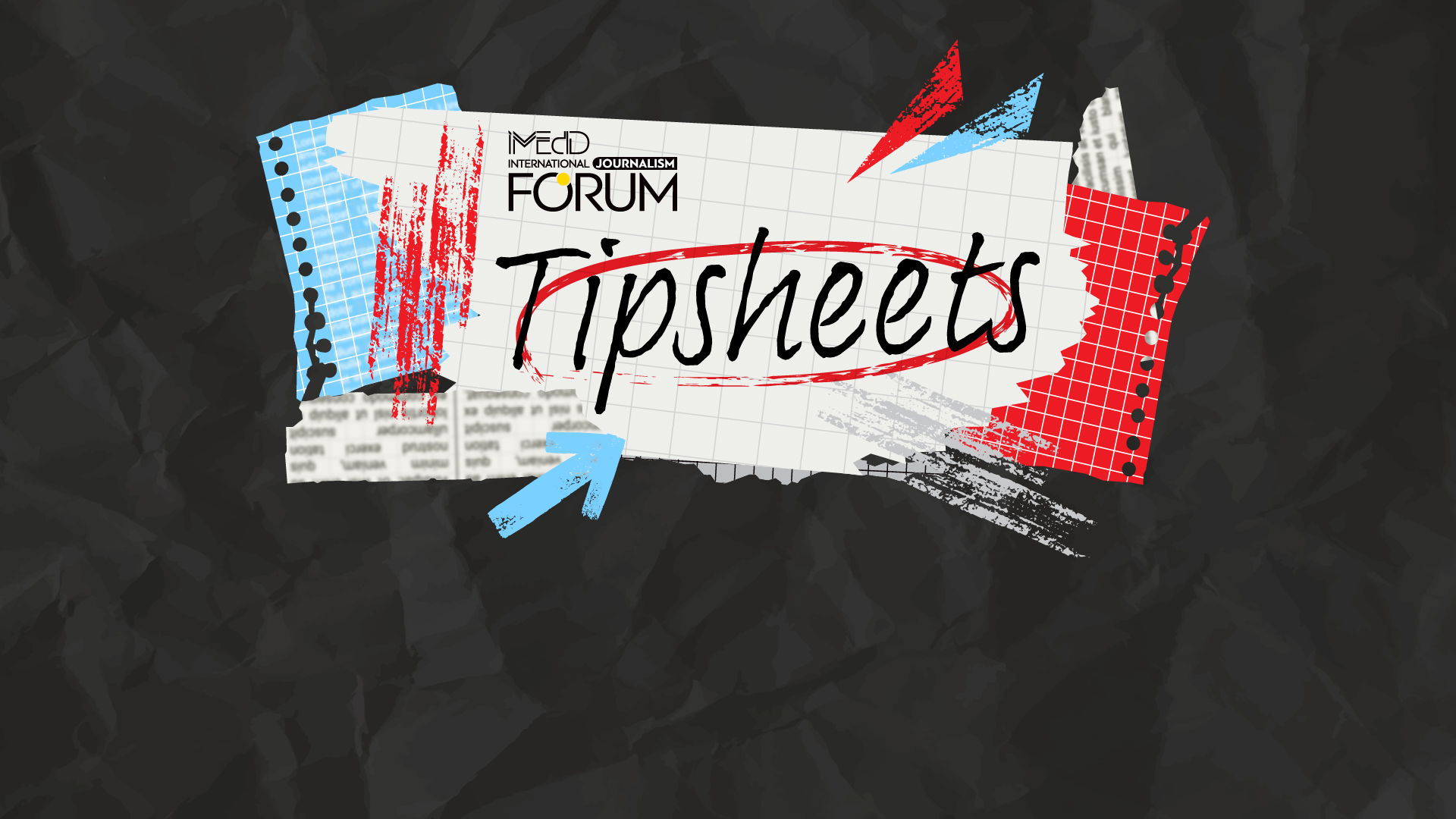The medium, the message, and the uncle hanging out with the youth
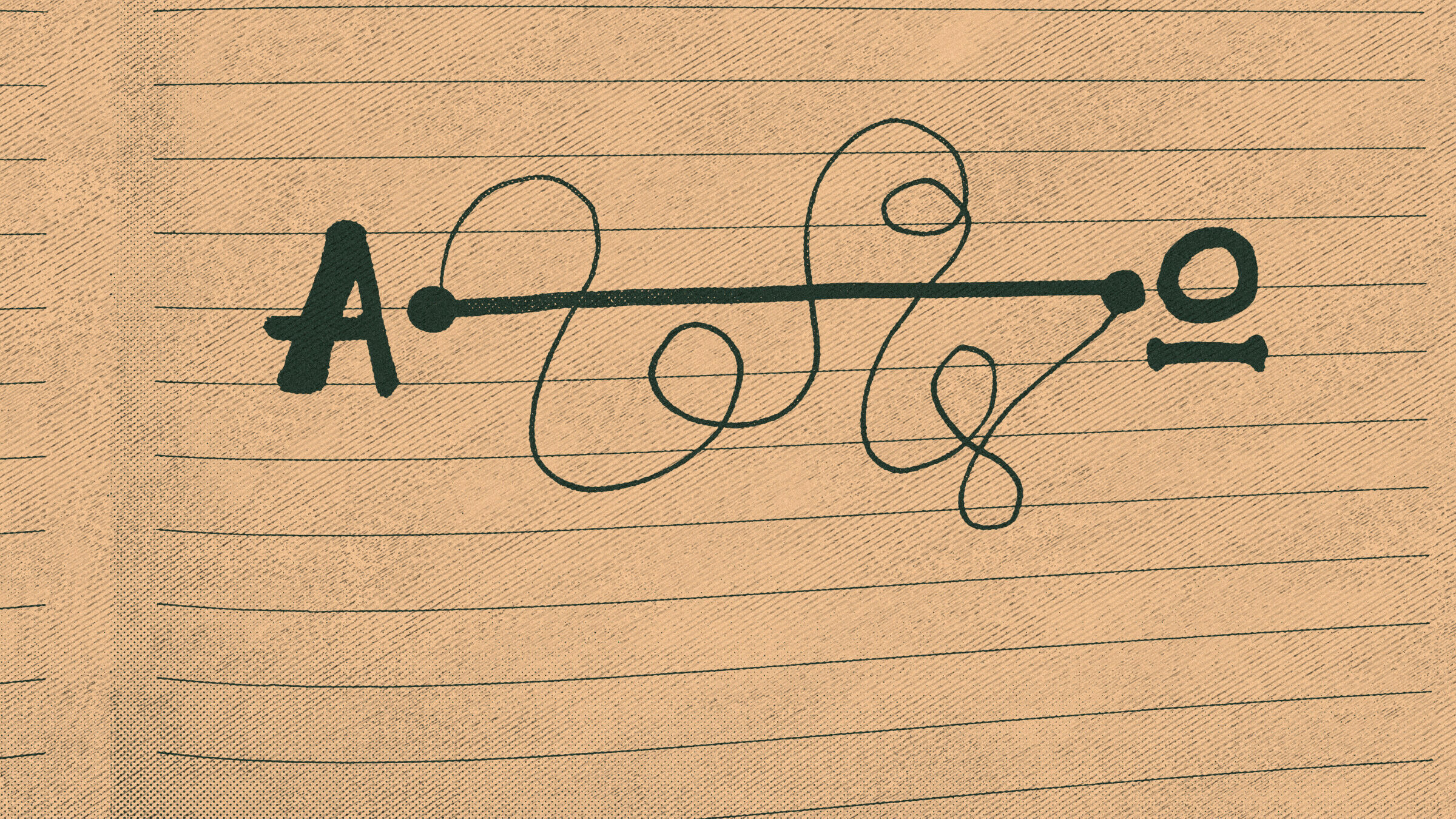
Yet the only way forward is to continue talking about what matters. And if traditional modes of dialogue no longer suffice, we must rethink the forms and tools at our disposal.
Media Hat: The clarity edition
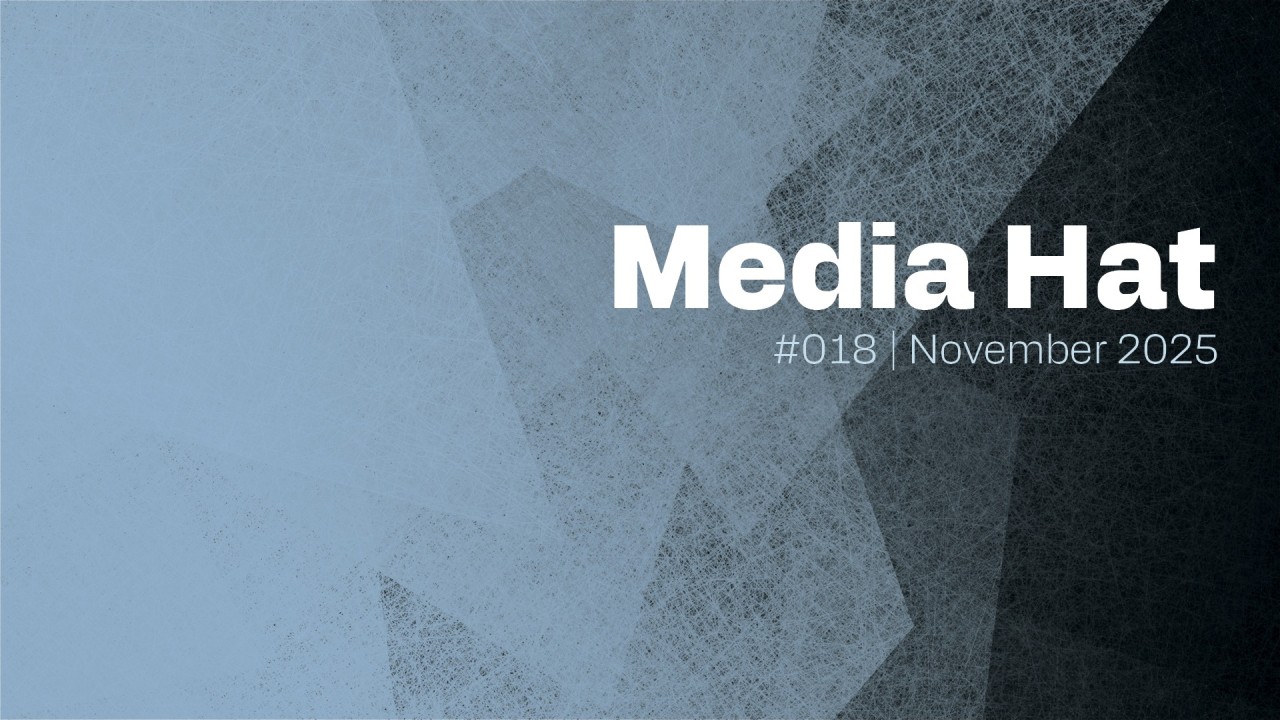
Every month we pull together tools, research, and ideas for journalists wearing… many hats.
Your story is “European enough” and could be award-winning
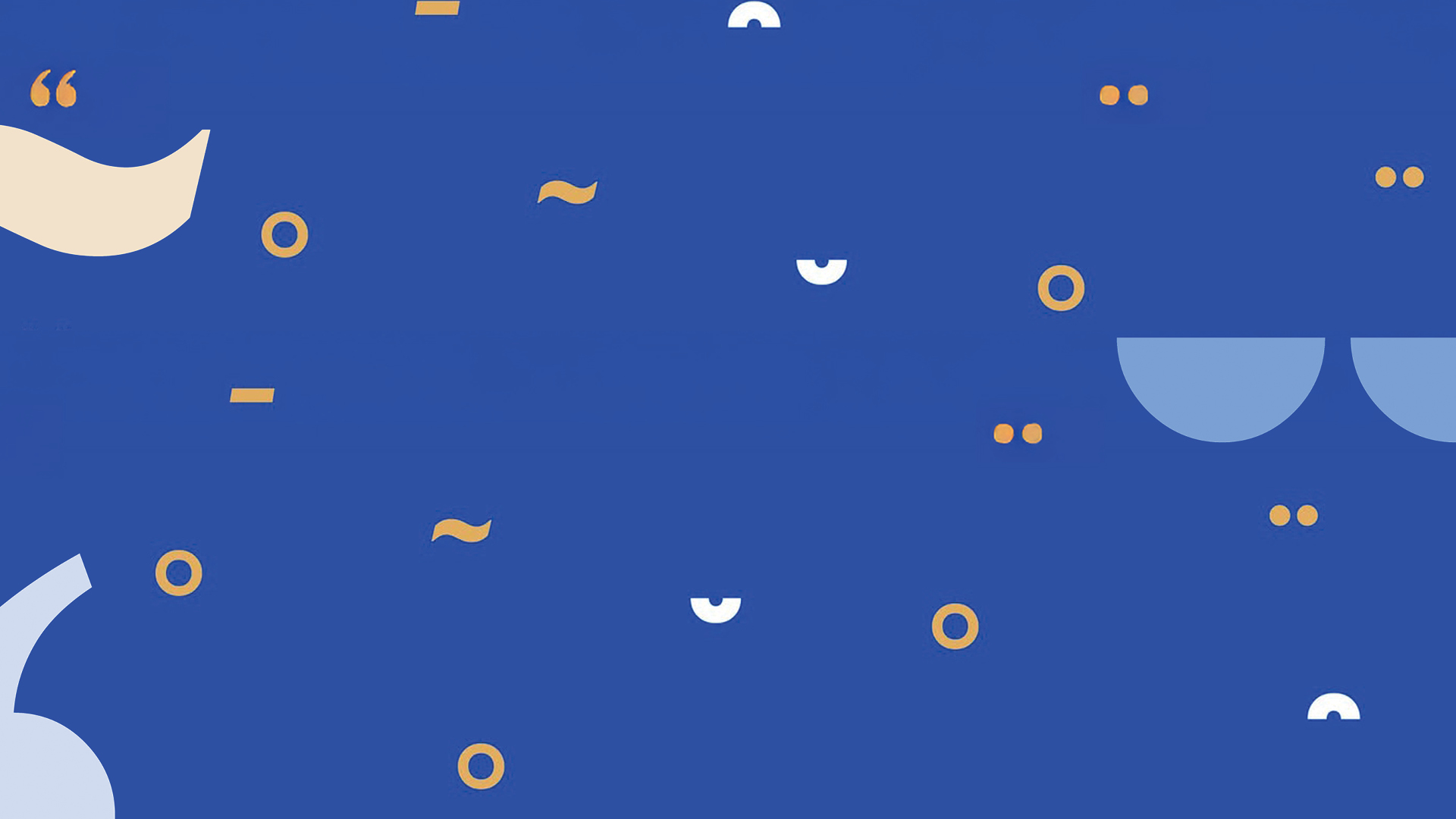
A little before applications close on 14 December, for journalists who wonder whether their work is “European enough,” Executive Director Jennifer Athanasiou-Prince explains why local journalism remains a cornerstone of European information and why journalists from every corner of the continent should apply.
“Foreign agent” laws and SLAPPs, the legal challenges faced by journalists
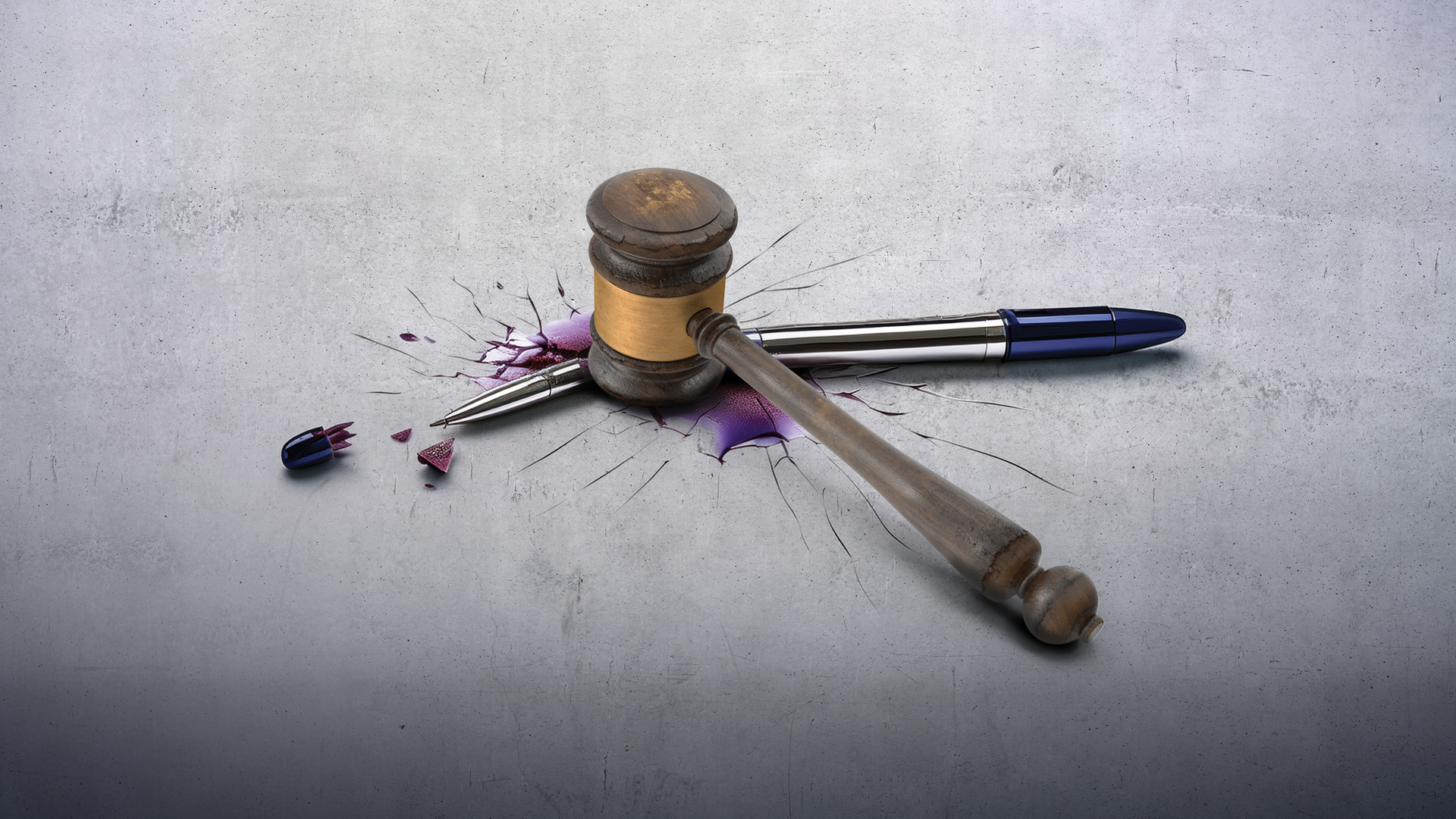
Which are the new dangers that threaten the freedom of the press, and how can journalists continue to operate safely under conditions that are becoming increasingly difficult?
Inside the cross-border investigation “The Shadow Fleet Secrets”
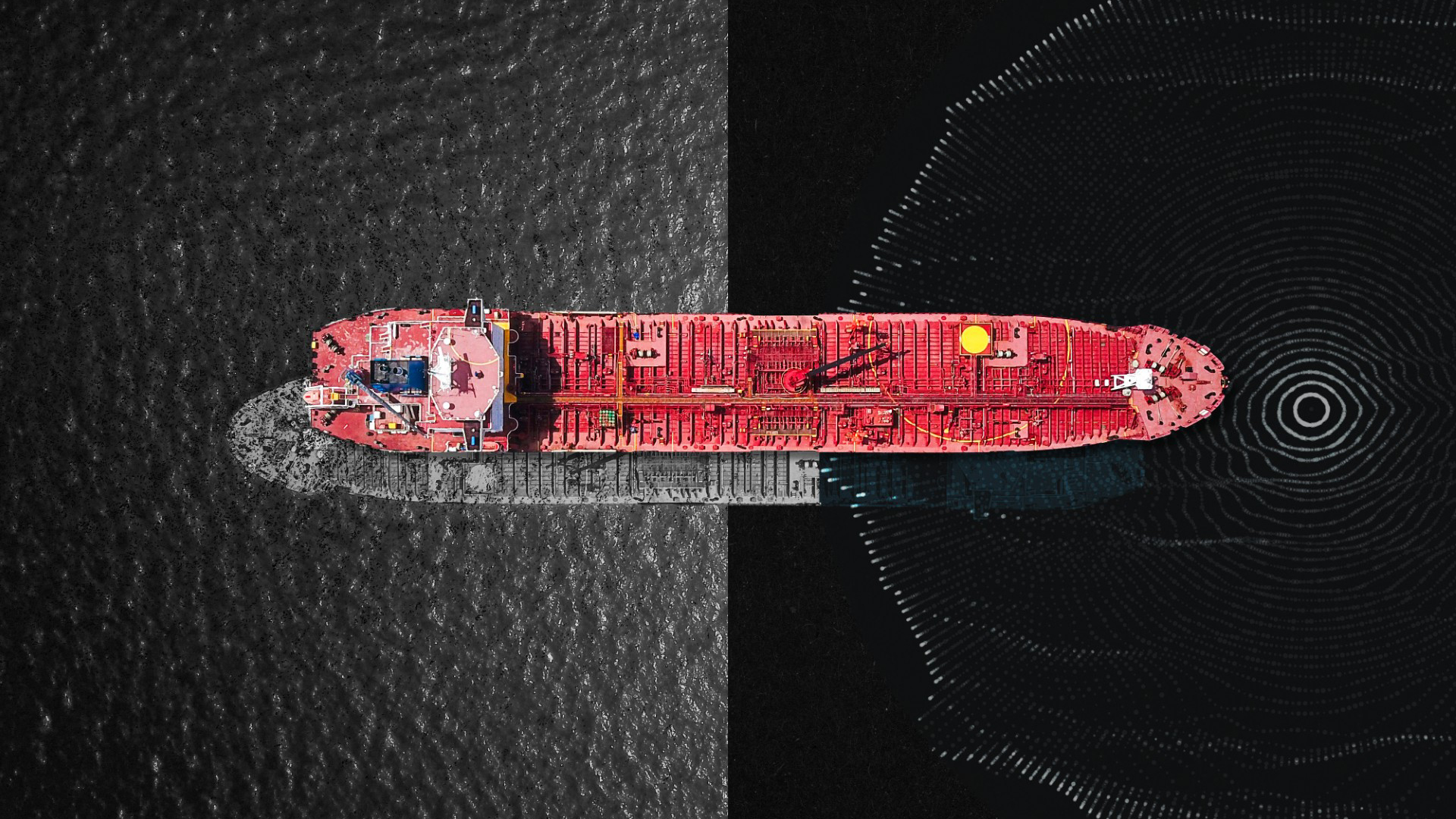
We spoke with the journalists behind the award-winning cross-border investigation “Τhe Shadow Fleet Secrets,” which revealed how hundreds of oil tankers operated by Western companies ended up carrying Russian crude oil.
Unpacking the story: Baby lions, birds and bullets

Journalist Ingrid Gercama speaks to iMEdD about investigations that revealed how wildlife crime is not limited to distant regions but is thriving even in the Balkans.
All eyes on earth: Strategies and tools for environmental stories
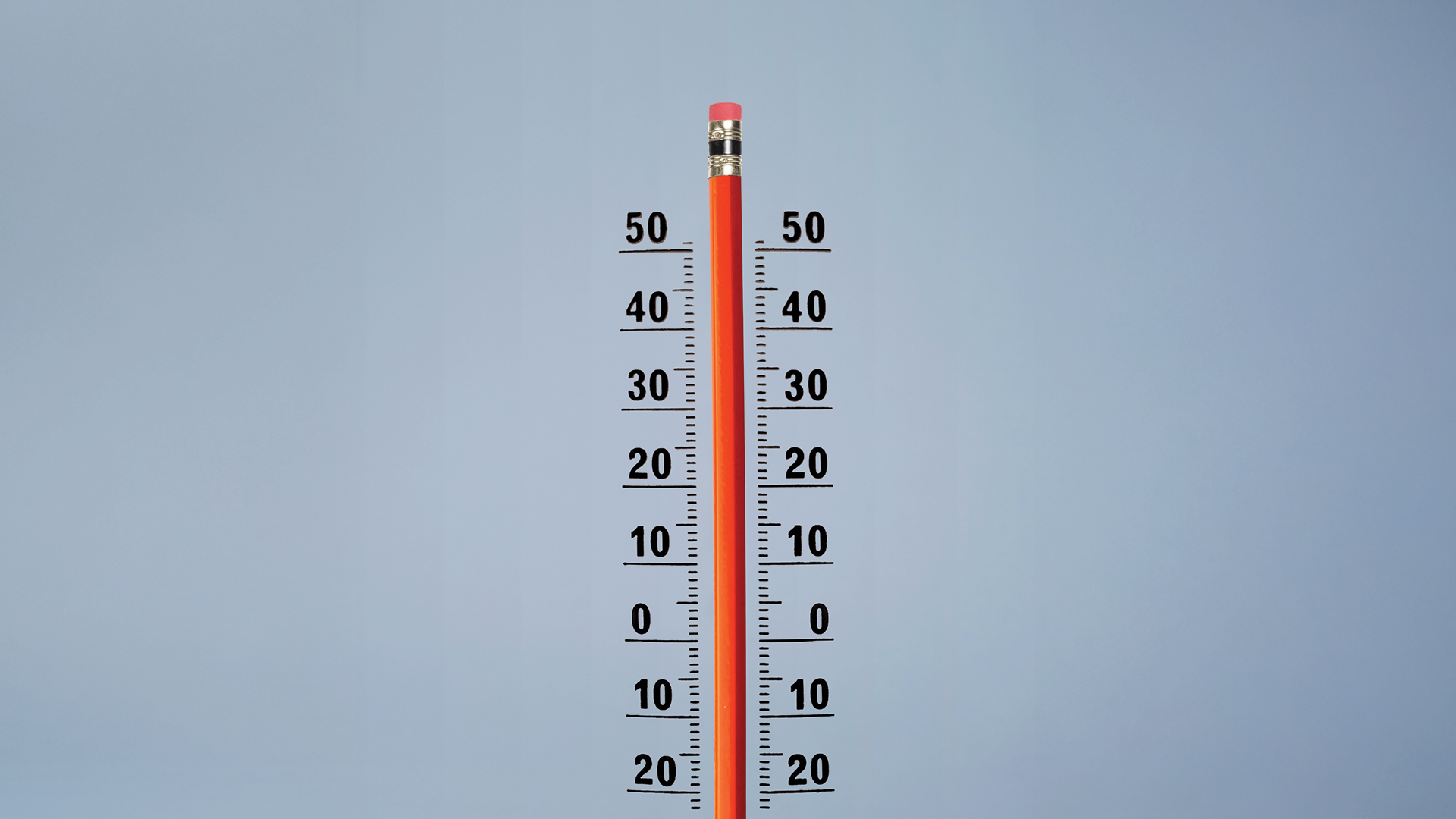
As climate change impacts communities worldwide, journalists who were present at the iMEdD International Journalism Forum 2025 shared strategies and tools to help turn attention to the planet’s most pressing issues.
Follow the Money’s investigation into Russia’s shadow fleet received the 2025 Daphne Caruana Galizia Prize for Journalism

The investigation “The Secrets of the Shadow Fleet”, coordinated by Follow the Money in collaboration with 13 media outlets from across Europe – two of them Greek – was honoured with a symbolic award for press freedom.
